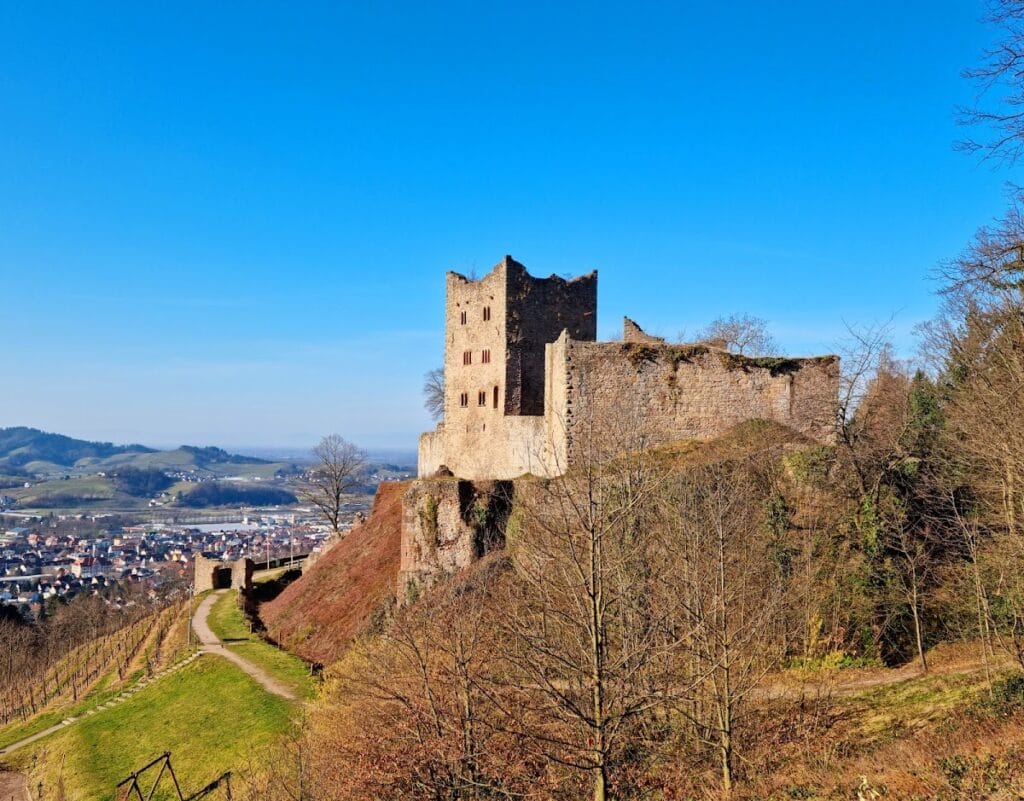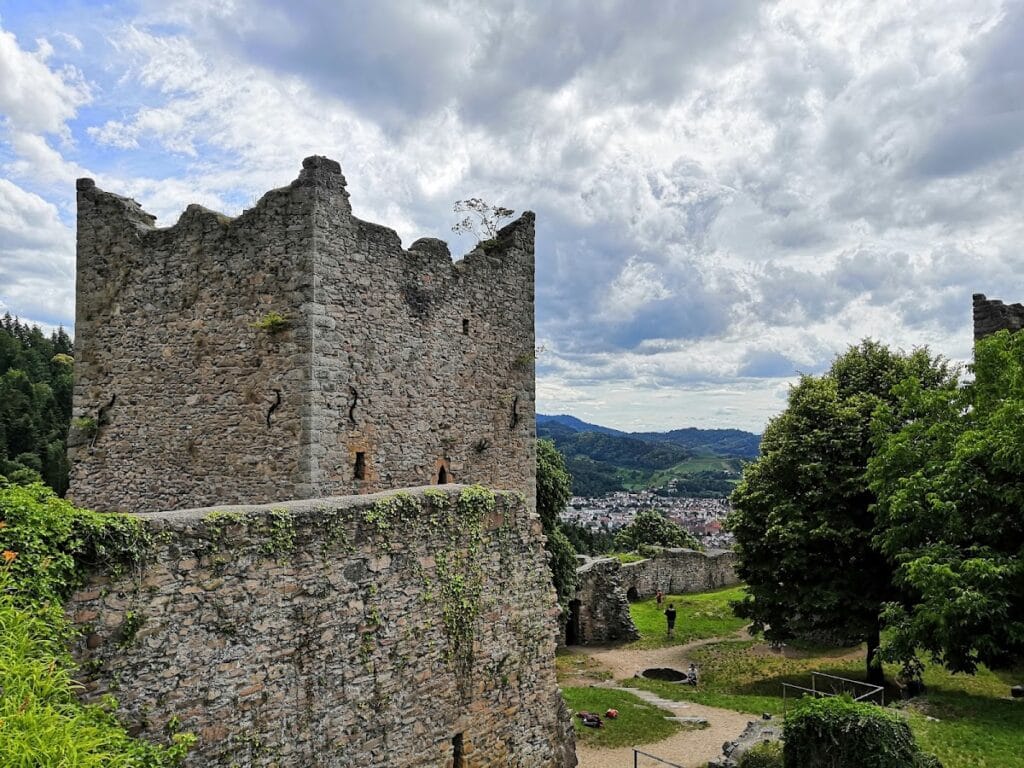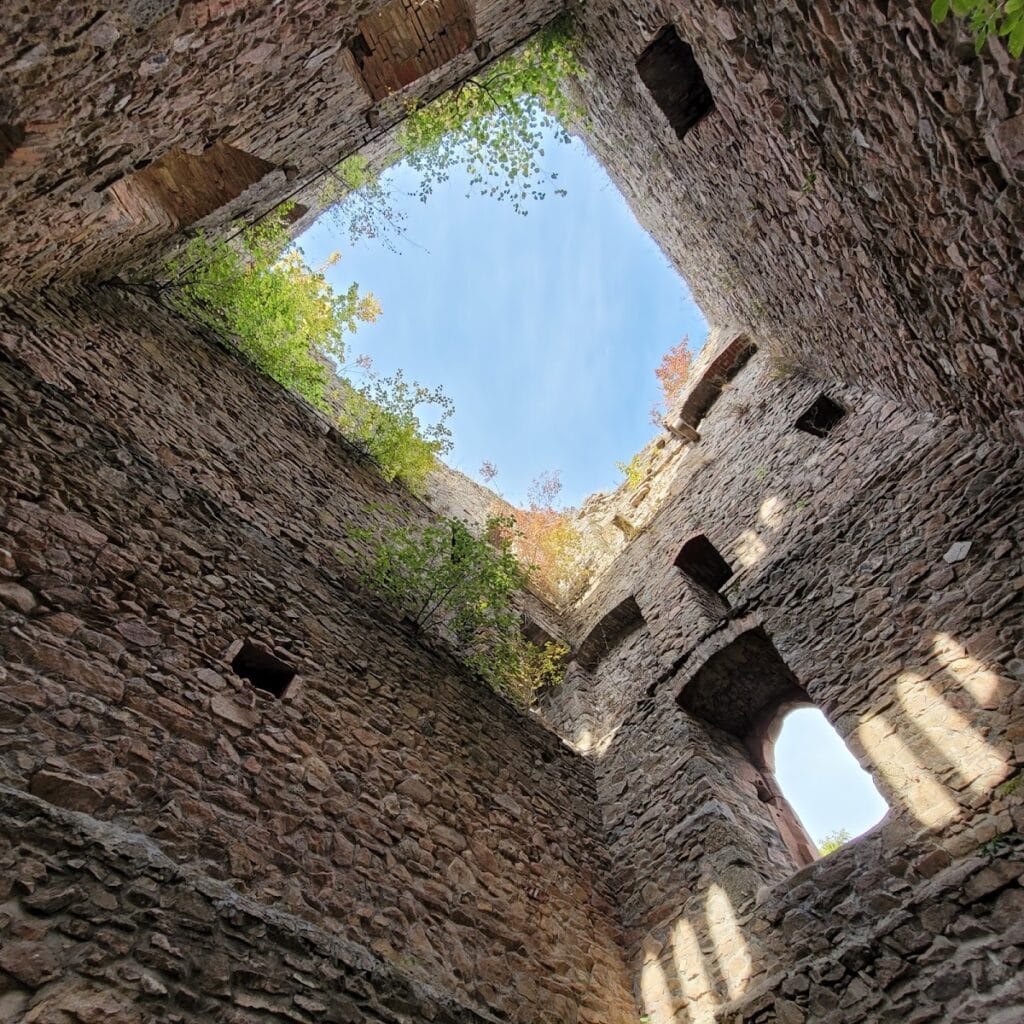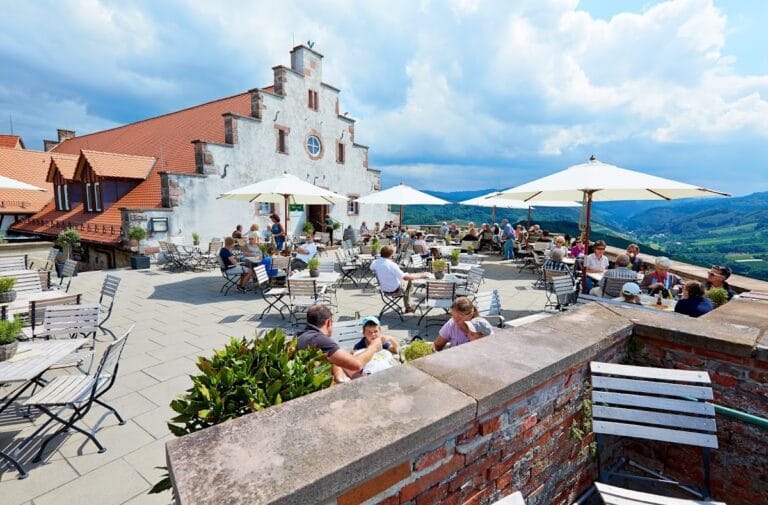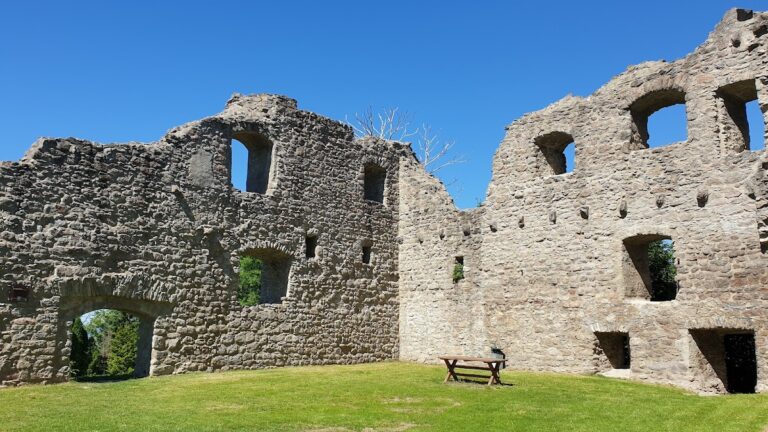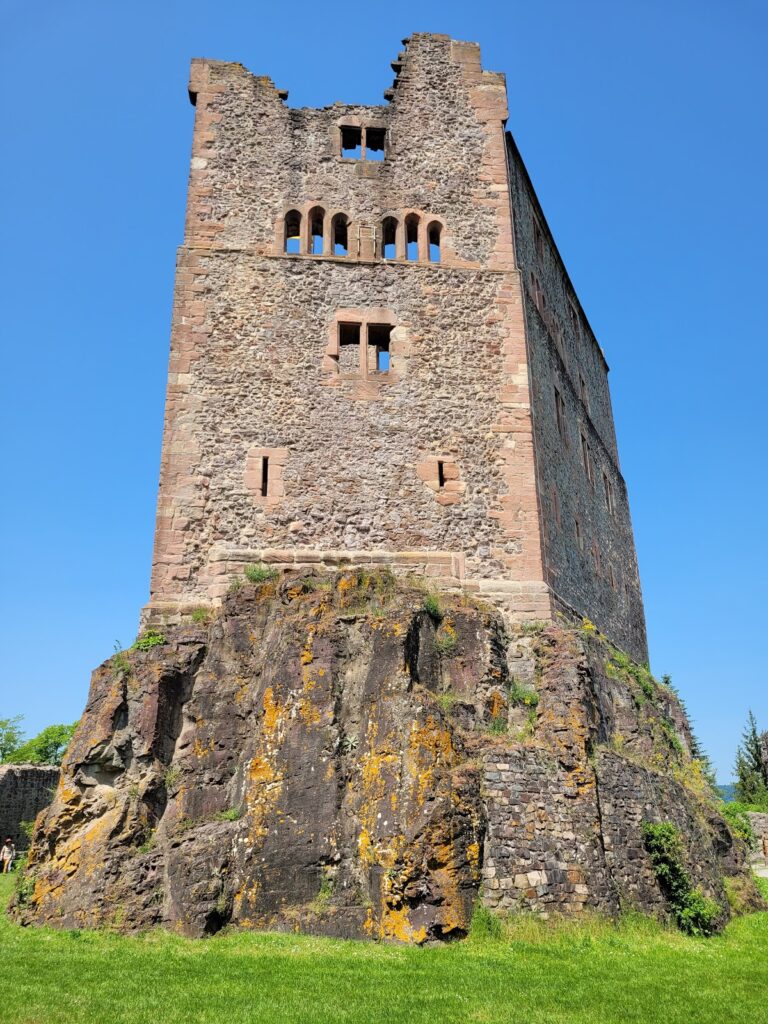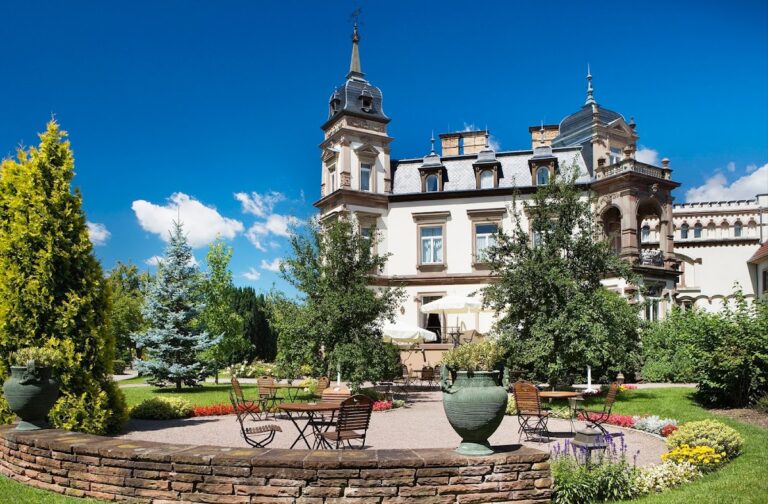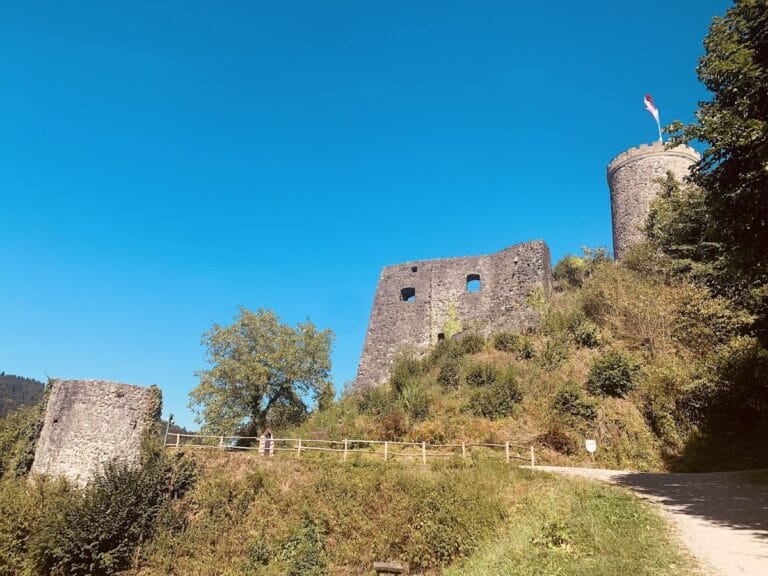Schauenburg Castle: A Medieval Fortress near Oberkirch, Germany
Visitor Information
Google Rating: 4.6
Popularity: Medium
Google Maps: View on Google Maps
Official Website: www.schauenburg.de
Country: Germany
Civilization: Medieval European
Remains: Military
History
Schauenburg Castle is located near the municipality of Oberkirch in present-day Germany. This medieval fortress was built in the 11th century by Duke Berthold II of Zähringen, a member of a prominent noble family of the time. The castle first appears in written records in 1120, marking its early significance in the region.
Initially, Schauenburg Castle became connected with the Counts of Calw through the marriage of Liutgard von Zähringen. In 1131, the castle entered the possession of the Welf dynasty when Uta of Eberstein brought it as part of her dowry upon marrying Duke Welf VI, brother to Henry X of Bavaria. After Uta’s death, control of the castle passed to her brother, Eberhard of Eberstein, who was notable for co-founding the nearby All Saints’ Abbey. The Eberstein family retained the castle for several centuries, managing it as a noble seat.
In 1386, Wolf von Eberstein sold Schauenburg along with half of the County of Eberstein to Rudolf VII, the Margrave of Baden-Baden. Throughout this period, the knights of Schauenburg served as ministeriales—unfree knights or castle officials—and acted as guards, developing their own noble lineage associated with the castle.
A significant event occurred after the death of Ludwig Winterbach von Schauenburg, when a dispute over feudal rights led to a conflict with Bernhard of Baden between 1402 and 1403. The Schauenburg family emerged victorious, preserving the castle’s status as a Ganerbenburg, a type of jointly inherited stronghold shared among several co-heirs.
The castle endured multiple sieges and was captured on two occasions during its active use, reflecting the turbulent political landscape of the region. In the 17th century, stone from Schauenburg Castle was repurposed for the enlargement of Gaisbach Castle by Hans Jakob Christoffel von Grimmelshausen, a soldier and famed author best known for writing the novel Simplicissimus.
Despite traditional claims that French troops destroyed Schauenburg during the Nine Years’ War in 1689, historical records show the castle was still functional as late as 1693, serving as a military barracks, and again in 1703 when it was used for grain storage. The site was first officially described as a ruin in 1731. Over the 18th and 19th centuries, further removal of stones diminished the castle remains until Baron Emil von Schauenburg intervened in the late 19th century to stop the demolition and initiate preservation efforts.
Today, Schauenburg Castle remains under the private ownership of the Freiherren von Schauenburg family.
Remains
Perched on a hill spur around 367 meters above sea level, Schauenburg Castle overlooks the Rench valley near Gaisbach, Oberkirch. The fortress’s layout features several defensive and residential structures arranged within a ring-shaped ditch and fortified by an outer wall. Constructed primarily from local stone, the castle’s design reflects typical medieval hilltop fortifications.
Among the surviving elements are the remains of at least three residential towers, with two still partially standing. These towers would have served as living quarters for the nobility and their retainers. The site also includes fragments of a gate tower, which marked the main entry point and was a crucial component in the castle’s defenses.
Encircling the inner area is a ring wall paired with a shield wall—a strengthened barrier designed to absorb attacks. Attached to this shield wall was St. Ulrich’s chapel, first documented in 1275, emphasizing the religious aspect of the castle complex. The chapel’s cellar has been preserved and now houses a small museum.
Surrounding the core enclosure, traces of an outer bailey, which functioned as a courtyard for auxiliary buildings and livestock, can be seen. This area is protected by a dry moat and an additional outer rampart, enhancing the castle’s defense against invaders.
Although the ruin is generally in good condition considering its age, a notable section of the outer defensive wall, approximately 20 meters long, collapsed in February 2023. This event required the closure of the site for safety and prompted stabilization measures including debris clearing and the installation of wooden supports to reinforce the remaining structures. The castle grounds also include a restaurant facility situated within the preserved area of the former chapel.
